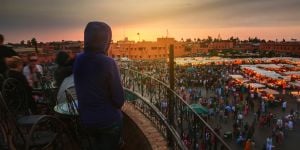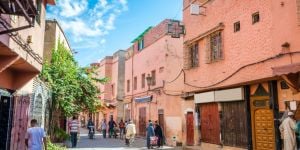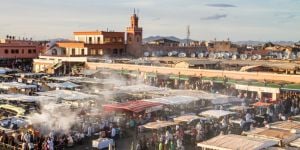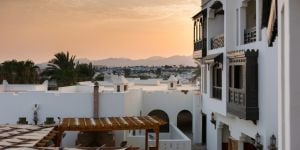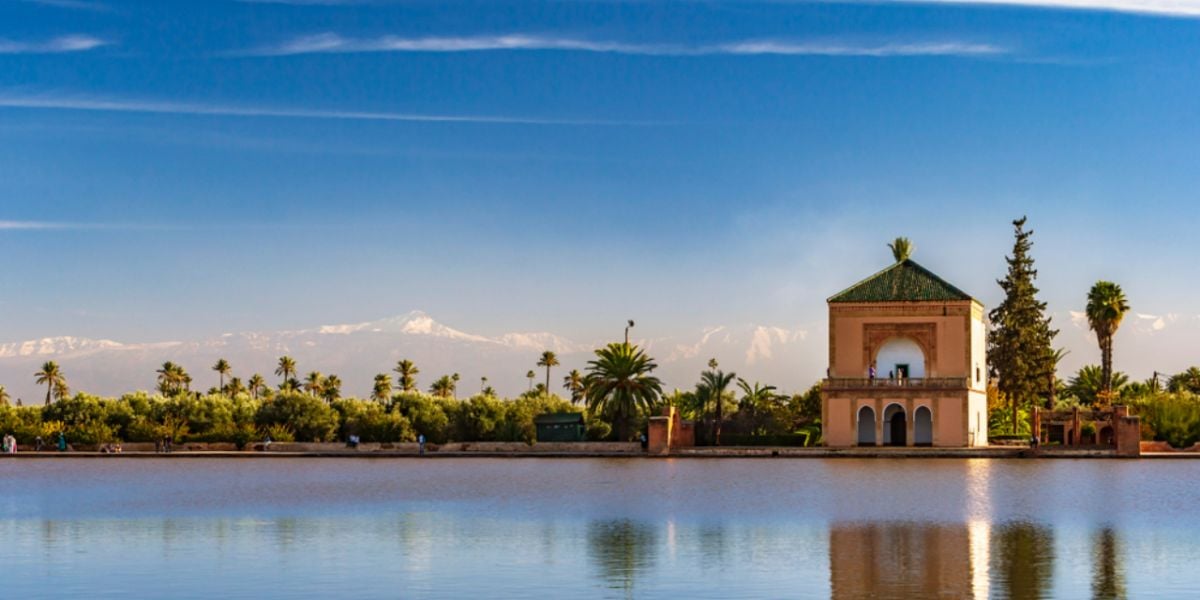
Marrakech is popularly known as the Red City for its red mud walls and buildings, and it is the third-largest city in Morocco regarding population density. It was founded by the famous Youssef Ben Tashfeen. If you're moving to Marrakech, here's all you need to know about this city.
Geography and demography of Marrakech
Marrakech is geographically situated at the intersection of many main roads, the northern part of Morocco, with the southern part of it, lying on the northern side of the Atlas Mountains, and on the southern part of the Tensift River, in the central part of the Haouz Plain. The Haouz Plain, or more precisely the Marrakech-Tensift-Al Haouz region, is approximately 327 km from the capital (i.e., Rabat) and is located in the south-central of Morocco.
Marrakech has an estimated population of more than 1 million inhabitants, with a demographic growth rate of 1.30 %, as per 2020 statistics. Given the ethnic composition of the population, Berbers constitute the largest proportion of ethnic groups in this area.
Regarding the languages spoken, Arabic is the official language of the country, in addition to Berber, while English is used in the coastal areas, and French is learned in the early stages of education. However, it is worth noting that language is not an issue for visitors to this city, as most people have the ability to speak three to four languages.
The climate in Marrakech
Marrakech has a stunning and marvelous climate all year round, with temperatures ranging up to 42 oC, and an outstanding sunshine rate reaching 330 days of sunshine throughout the year. Based on the weather forecast, temperatures in the Red City of Marrakech are pleasant and moderate all year round, with just a few days of very hot weather, 4-5 days. The rest of the time, the city climate makes you feel more refreshed and energized, even in the winter season.
When it rains, the maximum yearly rate is 240 mm. This fact makes Marrakech a practical destination for your holiday any time of the year. It is winter in Marrakech in November, December, January, February and March. The average temperature in Marrakech is 20 degrees Celsius. This gives a good opportunity to play golf, visit museums, or enjoy a traditional bath (i.e., Hammam).
In addition, it is ideal to visit Marrakech in April, May, June, September, and October. You can enjoy as much as possible the magnificence of the Red City and relax by swimming in the pool, in a hotel, or a villa. As you may fancy this climate, you can opt for walking through the city's magnificent alleys, visiting its various touristic spots, and enjoying a cup of mint tea or juice in one of the beautiful and frequently crowded cafés.
During the months of July and August, the temperatures in Marrakech are quite high, with an average temperature of 36 degrees per day. Hence, it is advisable to avoid going out from 10 am to after 4 pm. In the afternoon, the temperature becomes cooler and the atmosphere softer, with fresh water from fountains and greenery, which is an important outlet for the city's inhabitants.
The economy in Marrakech
One of the city's main economic activities is tourism and real estate. The traditional industry is a focal offshoot of the tourism sector, with more than 40,000 people working in pottery, leather, carpets and other industries, in addition to exhibitions such as the Marrakech International Aerospace Exhibition. The city has a modern transportation and road infrastructure, with a railway and an international airport, which is the second busiest in Morocco in terms of passenger traffic.
Marrakech was nominated as the ninth of World's Leading City Destinations in 2019, as listed by the global travel website TripAdvisor, where Marrakech outranked the world's oldest capitals, including London, Rome and Paris. This city is Morocco's premier tourist destination and has an excellent hotel infrastructure, with over 1,400 accommodation facilities, including over 170 luxury hotels.
Culture and history in Marrakech
Marrakech is packed with cultural and historical monuments that reflect a long history, including its walls, which are approximately nine kilometers long, and gates, particularly Bab Doukkala and Bab Agnaou. The city is also home to the Koubba Almoravid, a vivid evidence of the beauty of Almoravid architecture, with arches and seven-star shapes engraved on it. According to some historians and ancient geographers, the marvelous palace of Marrakech is a real masterpiece as it consists of four gardens, decorative works, marble, crowns, and columns covered with gold leaves and multicolored glass.
Among the city's famous sites are the Al-Koutoubia Mosque and Jemaa el-Fna Square, where Moroccan and international visitors are on a daily pilgrimage-like gathering, deemed by UNESCO in 1997 to be part of the Oral Heritage of Humanity. In addition, the Palm Grove of Marrakech has additional historical landmarks and monuments, such as the Magoril Garden, which features rare plants and flowers gathered from five continents and the Menara, at the center of which is the large lighthouse reservoir.
We do our best to provide accurate and up to date information. However, if you have noticed any inaccuracies in this article, please let us know in the comments section below.
